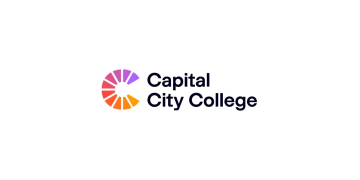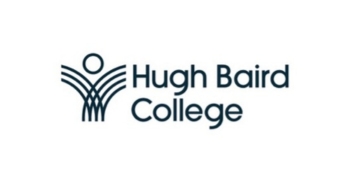School re-brokerage is becoming an increasingly important feature of our school system, but what impact does this have on pupil outcomes? Jon Andrews takes a look at the data
While it may have seemed that the debate about school structures had moved on, with Angela Rayner’s speech to the Labour Party conference, and the uncharacteristically strong response from the Secretary of State himself, it looks like we are back on a fairly familiar battleground.
Yet neither full academisation nor a wholesale return to local authority oversight of schools is supported by the data. The Education Policy Institute has now published several reports that show that there is little difference in the performance of academies and LA-maintained schools. A big push in either direction would be likely to create a lot of work for DfE, and yet more turbulence for schools, but would be unlikely to increase standards.
A big push in either direction would create yet more turbulence for schools
But some academy trusts are performing better than others. Proponents of the academy system argue that one of its strengths is that it provides the option to shut down those poorly performing trusts and quickly move schools to ones that are more likely to help improve results: a process commonly known as “re-brokerage”.
That relies on there being capacity in the system to allow schools to be moved. In many cases re-brokerage has taken a long time, with schools being left “in limbo” for months on end. Such uncertainty risks the school facing falling rolls – with knock-on effects for school funding – or struggling to recruit and retain teachers. The need for additional capacity is one of the reasons why we recommended having the option to move schools back to the local authority, if that authority is itself high performing.
While these moves are becoming an increasingly important feature of our school system, there has to date been little analysis of the impact of these moves on pupil outcomes. Between 2013 and 2017, 332 academies moved between academy trusts and around half had results published in last week’s provisional performance tables. So, we have looked at their Progress 8 scores.
On average, pupils in these schools achieve around a fifth of a grade lower than pupils with similar prior attainment nationally. This isn’t surprising. In a lot of cases these schools were moved because they were underperforming; underperformance is the cause of the move not necessarily the result.
We then examined their performance over time. We used outcome measures that are reasonably stable over time to allow for the fact that there have been significant changes to school accountability and to GCSEs themselves over recent years.
Recent declines have at least been arrested
The group of schools that that moved trusts four years ago is relatively small and there are still some schools with very low results, but overall results have improved in that time and are now much closer to the national average. There were also improvements in those that moved the following year, and these appear to have been sustained. However, the improvements in this second group appear to have begun prior to moving trusts and so are probably not directly related to moving. What we cannot see in the data is whether a trust was working with a school prior to them officially joining, but in this instance the improvement appears to have happened over a relatively long time period so this is unlikely to be the reason.
For more recent movers we have not yet seen a real shift in results. But for the most recent movers, recent declines have at least been arrested. We will need to see what way the trend goes from now on.
So while at this stage our analysis is in its early stages and we are reluctant to draw too many firm conclusions, there are indications that moving schools between trusts does appear to be associated with some positive outcomes and we may see further improvements over time. A more detailed analysis is needed before we are able to draw a causal link, particularly as schools with low outcomes tend to achieve the greatest improvements regardless of intervention. We are also not controlling for other factors such as whether the composition of schools has changed.
What we can say with confidence, is that tracking the performance of these schools will become increasingly important in the debate around the performance of the academy system.
Read the full analysis on re-brokerage from Education Policy Institute








Not all academies are rebrokered because of poor performance. Many were because MATs folded (eg Prospect, Learning Schools Trust) or because stand-alone academies joined a MAT. Rebrokerage at E-Act was because the DfE ordered E-Act to reduce the number of academies it ran.
And how reliable is it, in any case, to judge education quality merely on results? Such assessments discriminate against schools with a large number of previously low-achieving pupils and encourage gaming. http://www.localschoolsnetwork.org.uk/2018/10/progress-8-fails-to-reward-inclusive-schools